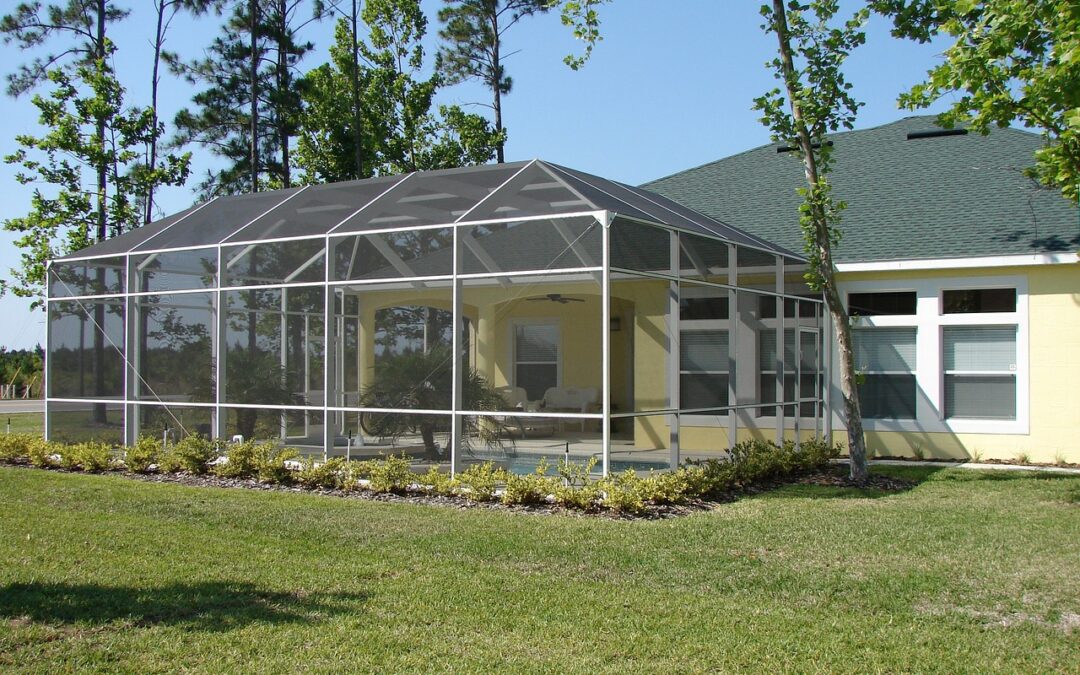Natural light is a powerful and transformative element that can significantly impact the ambiance, mood, and functionality of your home. Incorporating the right windows and maximizing natural light can create a brighter, more inviting living space while also contributing to energy efficiency. In this comprehensive guide, we will explore the importance of natural light, its benefits to homes, and how to optimize your window choices to enhance your living environment.
The Importance of Natural Light: Beyond Illumination
Natural light is more than just a source of illumination; it plays a crucial role in shaping the character and atmosphere of your home. Understanding the significance of natural light can influence your approach to window design and placement. Here are key reasons why natural light matters:
Mood Enhancement: Exposure to natural light has been linked to improved mood and well-being. Sunlight triggers the release of serotonin, a neurotransmitter associated with feelings of happiness and calmness.
Visual Comfort: Natural light reduces eye strain and provides a more comfortable visual environment than artificial lighting. It enhances color perception and detail, making spaces more vibrant and alive.
Health Benefits: Sunlight is a natural vitamin D source, essential for bone health and overall well-being. Exposure to natural light has also been associated with better sleep patterns and circadian rhythm regulation.
Energy Efficiency: Leveraging natural light reduces the need for artificial lighting during daylight hours, contributing to energy savings and a more sustainable home.
Choosing the Right Window Styles: Maximizing Light Infiltration
The selection of window styles plays a crucial role in determining how much natural light enters your home. Different window styles offer varying levels of light infiltration and aesthetic appeal. Consider the following window styles to enhance natural light in your living spaces:
Large Picture Windows: Picture windows are designed to maximize unobstructed views and natural light. They are fixed and do not open, providing a seamless connection to the outdoors and flooding interiors with sunlight.
Casement Windows: Casement windows, hinged on one side and opening outward, allow for excellent ventilation and light penetration. Their unobstructed design makes them ideal for capturing views and maximizing daylight.
Skylights: For rooms with limited wall space, skylights are an innovative solution to bring natural light from above. They are particularly effective in bathrooms, hallways, or walk-in closets.
Bay and Bow Windows: These window styles extend outward from the home, creating alcoves filled with natural light. Bay windows typically feature three sections, while bow windows are more curved, allowing for increased light exposure.
Floor-to-Ceiling Windows: Embracing a contemporary aesthetic, floor-to-ceiling windows create a seamless transition between indoor and outdoor spaces. They flood rooms with abundant natural light and provide panoramic views.
Consider Window Placement: Harnessing the Power of Sunlight
Strategic window placement is essential for harnessing the maximum natural light throughout the day. Understanding the sun’s path and considering the orientation of your home can guide you in optimizing window placement:
South-Facing Windows: South-facing windows receive the most direct sunlight throughout the day. Consider placing living spaces on the southern side, such as the living room or kitchen, to maximize natural light exposure.
East-Facing Windows: East-facing windows capture the morning sun, making them ideal for breakfast nooks, bedrooms, or home offices where you want to benefit from the gentle morning light.
West-Facing Windows: West-facing windows receive afternoon sunlight, creating warm and cozy spaces. Consider bedrooms or areas where you want to unwind in the evening on the west side of your home.
North-Facing Windows: While north-facing windows receive less direct sunlight, they provide consistent, diffused light throughout the day. Use them in areas that require more stable lighting, such as home offices.
Window Treatments: Balancing Light and Privacy
While maximizing natural light is essential, finding the right balance between light infiltration and privacy is crucial. Window treatments can control the amount of sunlight entering your home while adding a decorative touch. Consider these options:
Sheer Curtains: Sheer curtains allow ample natural light to filter through while providing a level of privacy. They create a soft, diffused glow that enhances the overall ambiance of a room.
Blinds or Shades: Adjustable blinds or shades give you control over the angle and intensity of sunlight entering your home. They are versatile and can be customized to suit your privacy and lighting preferences.
Top-Down, Bottom-Up Shades: These shades allow you to lower them from the top or raise them from the bottom, offering flexibility in controlling both light and privacy levels.
Natural Materials: Consider window treatments made from raw materials like bamboo or linen, which add texture to the space while allowing soft, filtered light to enter.
Reflective Surfaces: Amplifying Natural Light
Incorporating reflective surfaces into your interior design can amplify the effects of natural light, creating a brighter and more open feel within your home. Consider the following strategies:
Mirrors: Strategically placing mirrors opposite windows reflects natural light and visually expands the space. Mirrors also contribute to a more dynamic and aesthetically pleasing interior.
Light-Colored Furniture and Accessories: Choose light-colored furniture and accessories to reflect and diffuse natural light throughout the room. Light hues contribute to an airy and open atmosphere.
Glass and Metal Accents: Incorporate glass or metal accents in your decor, such as glass tables or metal-framed mirrors. These materials reflect and distribute natural light, adding a touch of sophistication to your space.
High-Gloss Finishes: Opt for high-gloss finishes on surfaces like flooring or furniture. The reflective quality of these finishes bounces light around the room, creating a luminous effect.
Landscaping for Light: Outdoor Considerations
The landscaping around your home can influence the amount of natural light that enters your living spaces. Consider the following outdoor strategies to optimize natural light:
Prune Trees and Shrubs: Regularly prune trees and shrubs around windows to allow more sunlight to reach your home. Trimming foliage can prevent overshadowing and enhance the penetration of natural light.
Strategic Planting: Planting deciduous trees strategically can provide shade during the warmer months while allowing sunlight to filter through in the winter when leaves fall.
Reflective Surfaces: Incorporate reflective surfaces in outdoor landscaping, such as light-colored pavers or strategically placed mirrors. These surfaces can bounce sunlight towards your home.
Smart Window Technologies: Enhancing Efficiency and Comfort
Advancements in technology have led to the development of smart window solutions that can optimize natural light and energy efficiency. Consider these innovations for your home:
Electrochromic Windows: Electrochromic windows allow you to control the tint of the glass, adjusting it to regulate the amount of sunlight entering your home. This technology can enhance comfort and reduce glare.
Sensors and Automation: Smart window systems equipped with sensors can automatically adjust window coverings or tint levels based on the intensity of sunlight or the time of day.
Energy-Efficient Glazing: Upgrading to energy-efficient glazing with Low-E coatings can enhance insulation, reduce heat transfer, and protect your home from UV rays without compromising natural light.
Routine Maintenance: Preserving Light and Longevity
To ensure that your windows continue to maximize natural light, regular maintenance is essential. Follow these guidelines to preserve the functionality and appearance of your windows:
Cleaning and Inspecting: Regularly clean windows to remove dirt and grime that can obstruct natural light. Inspect frames, seals, and hardware for any wear or damage.
Re-caulking and Sealing: Check and replace caulking or weatherstripping as needed to maintain a proper seal. This prevents air leaks and ensures energy efficiency.
Professional Inspections: Schedule professional window inspections periodically to identify and address issues before they escalate. Professionals can assess the overall condition of your windows and recommend necessary repairs or upgrades.
Addressing Condensation: Condensation on windows can obstruct natural light and lead to mold growth. Address indoor humidity levels and ventilation to minimize condensation issues.
Conclusion:
Optimizing natural light in your home is a multifaceted endeavor involving thoughtful window selection, strategic placement, and integrating design elements that enhance light infiltration. The benefits extend beyond aesthetics, influencing mood, health, and energy efficiency. You can create a bright, inviting, and comfortable living environment by choosing the right window styles, considering window placement, implementing effective window treatments, and leveraging technological innovations. Embrace the transformative power of natural light to enhance your home and elevate your overall quality of life. With careful planning and consideration, your home can become a well-lit sanctuary that seamlessly connects with the beauty of the outdoors.






